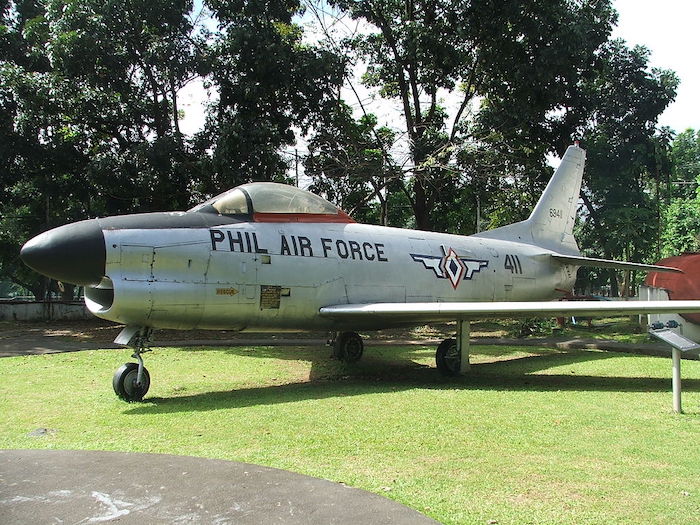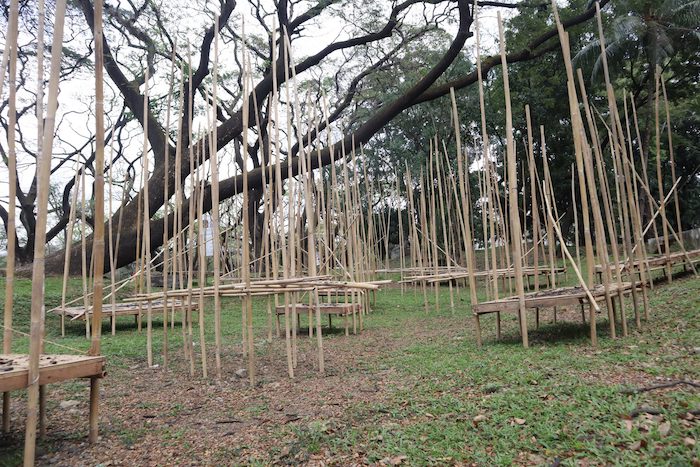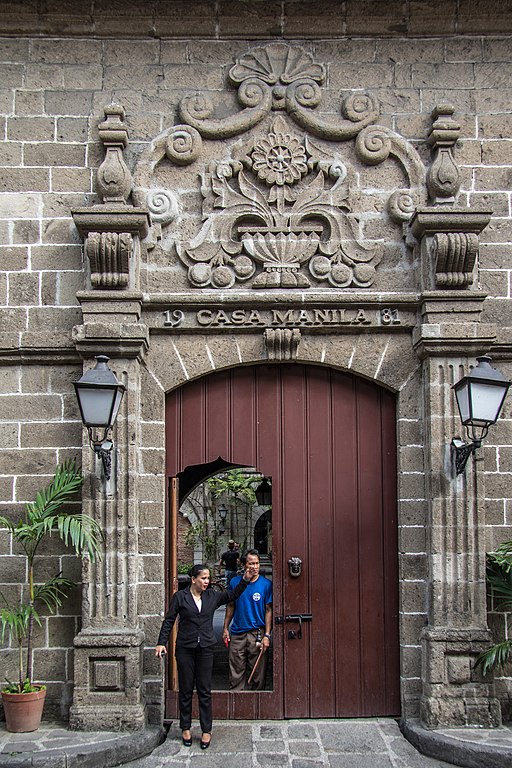Philippine museums to visit for a quick trip down history lane
Apart from sun-kissed beaches and provincial landscapes, one of the best ways to know more about our dear motherland, the Philippines, is to discover its museums.
The good thing is that the Pearl of the Orient Seas offers a variety of immersive historical archives that will help refresh the mind of your high school history lessons and ignite the bayani in you.
These museums are accessible and open on most days of the week, that's why there's no excuse for dropping by only during Independence Day when our sense of nationalism is most likely at its peak.
To get you started, PhilSTAR L!fe has teamed up with the Best of the Best of Manila Facebook group for a list of museums you'll enjoying visiting on Independence Day and beyond.
Armed Forces of the Philippines Museum
Camp Aguinaldo, EDSA, Quezon City
Wikimedia Commons/Florentino Floro
History geeks are in for a ride at the Armed Forces of the Philippines Museum, as it showcases real military tanks and war weapons of the olden days. Deemed one of the metro's most underrated attractions, the AFP Museum portrays the eventful history of the country's military forces.
It was launched in 1996, with collections that range from portraits of heroes and former AFP chiefs of staff and military uniforms to war equipment — cannons, infantry guns, rifles, and mortars — that date back to the Katipinan era and World War 2. Outside you will be treated to an exhibit of battle vehicles, choppers, and cannons used by the military forces in the past and altogether unique to the museum.
The AFP Museum is located inside Camp Aguinaldo and accepts visitors from Monday to Friday, 9 a.m. to 6 p.m., for a fee of P25 for adults and P20 for students. Active and retired military personnel, meanwhile, can enter the museum free of charge.
Make sure to bring a valid ID, as guests are required to present one upon entry at the military headquarters.
Vargas Museum
University of the Philippines Diliman campus, Quezon City
Wikimedia Commons/Florentino Floro
Nestled on the campus of Unversity of the Philippines Diliman, the Vargas Museum is a viable alternative to a quick and serene escape from the hustle and bustle of the big city. It's a must-visit for art aficionados as it houses a collection of paintings, books, coins, and stamps carefully selected by Jorge B. Vargas, the country's first Executive Security that served during the Commonwealth period.
Vargas donated his memorabilia to his alma mater, the University of the Philippines, on March 1, 1978. They were put on display during the museum's launch almost a decade later, in 1987. It includes masterpieces by National Artists Napoleon Abueva and Abdulmari Imao. According to the museum's website, it also has the most number of works by Fernando Amorsolo, the country’s first National Artist and friend of Vargas.
Apart from the artworks, visitors will get to see a display of stamps, coins, and banknotes used during the Spanish colonial period and Pacific War. There's also the Vargas library which stores 3,193 book titles and 1,542 volumes of periodicals.
It's a place not frequented by museum-goers, which makes it an ideal chill-out spot on a weekday afternoon or anytime between 9 a.m. to 5 p.m. from Tuesday through Saturday. An entrance fee of P30 is required for the general public and P20 for UP students, except for Wednesdays when UP students, alumni, faculty, and employees can visit the museum for free.
Intramuros
Intramuros, Santa Clara Street, Manila

The Walled City of Intramuros has played an important role in the history of the Philippines, having served as the seat of the Spanish government from 1571 to 1898. It has become the go-to spot of locals and tourists for discovering the country's colorful and complex past.
The historic 67-hectare property comprises the Manila Cathedral, Fort Santiago, San Agustin Church, and Baluarte De San Diego, among other monuments built during the Spanish colonial period. It also houses eight museums that all vary in themes. Two of the most popular ones are the Museo ni Rizal and Casa Manila.
Museo ni Rizal is located in Fort Santiago and portrays Jose Rizal's achievements and last hours before the national hero's execution.
The museum has five galleries: Silid Pagninilay which contains Rizal's letters to his family and friends; his actual prison cell which is now called Silid Piitan; Silid Paglilitis which recreates Rizal's trial at the Cuartel de España; Kabayanihan that features Rizal's clothing, photographs, and other memorabilia; and Silid Paman that showcases Rizal's original sketches and replicas of his sculptures.
Wikimedia Commons/David Stanley, Andrew Moore, Jorge Láscar, Erich Schmid
Casa Manila, meanwhile, is a replica of Spanish colonial mansion that will allow you to relive the lives of rich merchants of the era. The three-story house features a patio, bedrooms or dormitorios, office or oficina, library or biblioteca, and anteroom or Antesala, which serves as the family's entertainment room.
When visiting any of these sites, do take note that they both charge P75 as an entrance fee for adults and P50 for persons with disabilities. Gates are open from 12 p.m. to 7 p.m. every day of the week except Monday.
Museo ning Angeles
4HMR+V9X, Heritage District, Angeles, Pampanga
Facebook/Museo ning Angeles
Museo ning Angeles is a quaint museum that allows tourists to take a quick dive into the evolutionary history of the city. It has photography exhibits that give a glimpse of the lives of heroes who defended Angeles, as well as the establishment of Clark Air Base led by U.S. military forces.
The museum also touches on the suicide missions of Kamikaze pilots during the Japanese occupation, in addition to the major eruption of Mount Pinatubo in June 1991 that devastated Clark.
For a minimal entrance fee of P50, Museo ning Angeles is surely worth seeing after visiting the Holy Rosary Parish located just right across the museum.
Museo Kordilyera
University of the Philippines Baguio Campus, 30 Gov. Pack Road, Baguio City
Facebook/Museo Kordilyera
If you happen to be in Baguio, check out Museo Kordilyera inside the UP Baguio Campus for your dose of the city's vibrant history.
Launched in July 2016, the small two-story museum brims with educational materials "dedicated to the preservation and enrichment of the indigenous cultures of the Cordillera Administrative Region."
This includes a diorama of Ifugao fashion, a replica of an Ifugao hut built without nails or the use of modern tools, a gallery of handwoven Cordilleran textiles, and a photo exhibit of Batok tattoos or the traditional tattoos of the Kalinga indigenous group made famous by Apo Whang-Od.
The museum accepts guests from Tuesday until Sunday, 9 a.m. to 5 p.m., for a fee of P60 for adults and P30 for students.
Follow Best of the Best Manila on Instagram for more tips about anything and everything under the sun.




































